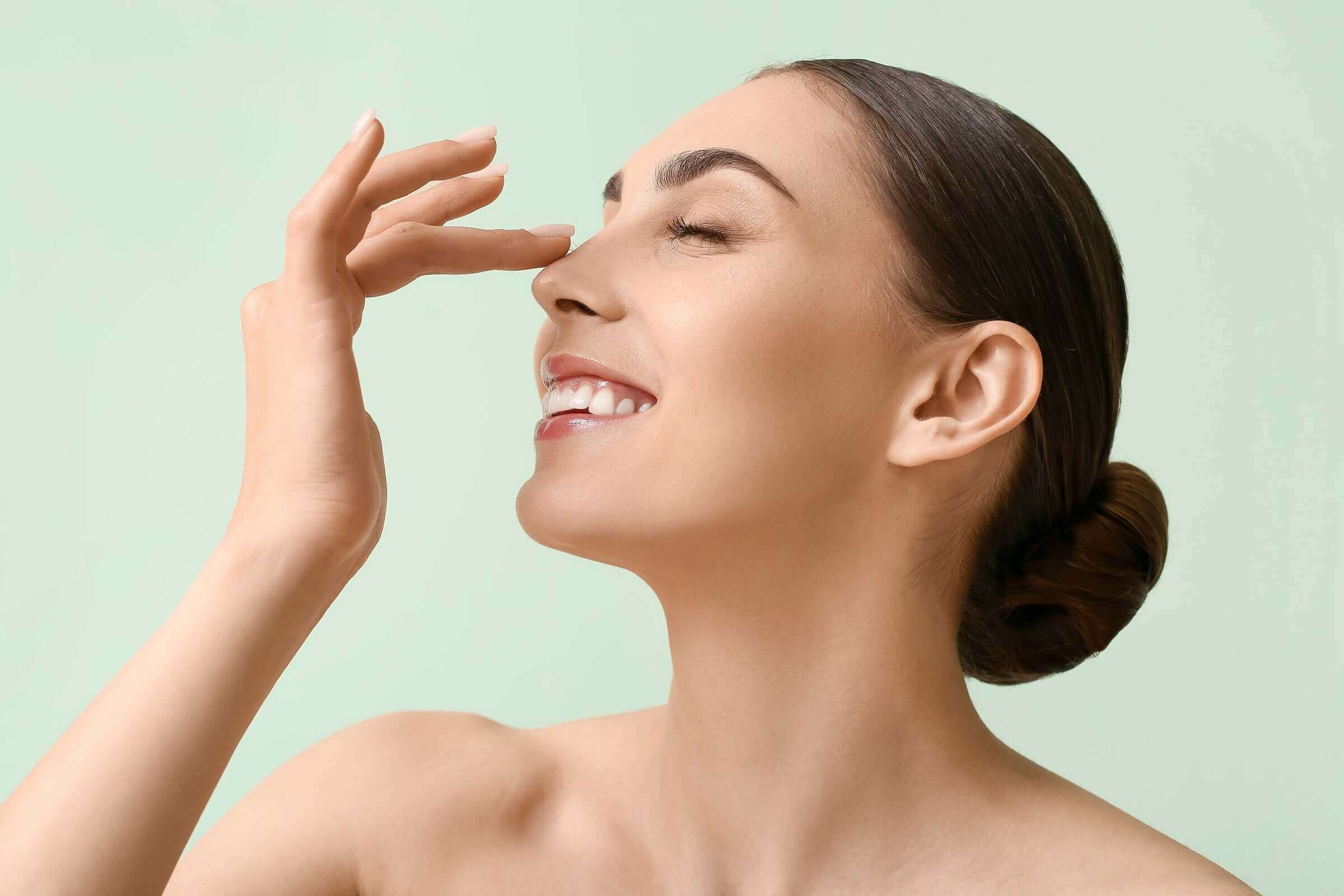Retinol vs. Retinoids: Exploring the Differences

In the pursuit of youthful, radiant skin, the skincare aisle can often feel like a maze, abundant with an array of products promising transformative effects. Among these, retinoids and retinol stand tall as revered ingredients, celebrated for their remarkable benefits in addressing various skin concerns.
Navigating the realm of retinol and retinoids can be a bit perplexing for many, and rightfully so. These two anti-aging ingredients share a close relationship; in fact, retinol falls under the category of retinoids.
Are Retinoids and Retinol the Same?
While retinoids and retinol both stem from Vitamin A and share a similar purpose in skincare—encouraging skin renewal and combating various signs of aging—they are not the same.
The primary distinction lies in their potency and formulation. Retinoids, including prescription-strength compounds like tretinoin and adapalene, are more potent and directly deliver active forms of Vitamin A to the skin, prompting faster and more noticeable results.
On the other hand, retinol, an over-the-counter derivative, is a milder version that requires conversion into retinoic acid within the skin to exert its effects. This conversion process inherently makes retinol less potent compared to retinoids. Understanding this fundamental dissimilarity is pivotal when selecting the right product for one's skincare routine, considering factors such as skin sensitivity, tolerance, and desired outcomes.
Potency and Effectiveness
One of the primary distinctions between retinoids and retinol lies in their potency. Retinoids, being prescription-strength, tend to be more potent and typically produce faster and more noticeable results. They penetrate deeper into the skin and can be more effective in addressing concerns like fine lines, wrinkles, acne, and hyperpigmentation.
Retinol, while milder, works more gradually. It requires the skin to convert it into retinoic acid, which means its effects may take longer to manifest compared to prescription retinoids. Despite this, retinol is often preferred by individuals with sensitive skin due to its gentler nature, causing fewer instances of irritation.
Tolerance and Side Effects
Due to their higher potency, retinoids can often cause more pronounced side effects such as dryness, redness, flakiness, and increased sensitivity to sunlight. This can lead to a "retinization" period where the skin adjusts to the treatment, potentially causing temporary discomfort.
Retinol, being less potent, generally causes fewer side effects and a milder retinization process. It allows individuals to introduce Vitamin A derivatives into their skincare routine more gradually, minimizing irritation while still delivering skin benefits.
Accessibility and Application
Accessibility is another factor to consider. Retinoids are typically available through prescription only, requiring a dermatologist's guidance, especially higher concentrations or specific formulations like tretinoin, adapalene, and tazarotene. However, some over-the-counter products contain milder forms of retinoids, which are typically available without a prescription. These over-the-counter retinoids might have lower concentrations and are often used in skincare products for their anti-aging or acne-fighting properties.
In contrast, retinol, being an OTC product, offers consumers easier access, allowing them to incorporate Vitamin A derivatives into their skincare regimen without a prescription.
When it comes to application, both retinoids and retinol should be introduced gradually into a skincare routine to minimize potential irritation. Starting with a lower concentration and gradually increasing frequency can help the skin acclimate to these powerful ingredients.
Choosing the Right Option
Choosing between retinoids and retinol ultimately depends on individual skin type, concerns, and tolerance levels.
As retinoids are typically stronger than retinol, they are recommended for severe skin issues like deep wrinkles or cystic acne. Retinol is milder and might suit those with sensitive skin or those new to vitamin A derivatives as a starting point, gradually progressing to stronger formulations if desired results are not achieved.
It’s also important to consider your skincare goals; retinol might suffice for minor improvements, while retinoids offer more significant changes. Consulting a dermatologist can provide personalized guidance based on your skin concerns, sensitivity, and desired outcomes, helping determine the most suitable option for you. Starting with a lower-strength retinol and gradually adjusting or seeking professional advice can help make an informed decision.
Can you use both retinoids and retinol?
Using both retinoids and retinol together is generally not recommended due to the potential for increased skin irritation. Both retinoids and retinol are forms of vitamin A derivatives that work similarly to improve skin texture, reduce wrinkles, and address acne. Combining these potent ingredients can lead to excessive dryness, redness, peeling, and sensitivity, overwhelming the skin's tolerance.
If you wish to incorporate both retinoids and retinol into your skincare routine, it's advisable to use them on alternate nights rather than applying them simultaneously. This allows your skin to benefit from each ingredient without overloading it or risking irritation.
Additionally, always start with lower concentrations and gradually increase usage if your skin tolerates it well. It's crucial to listen to your skin and watch for signs of irritation, adjusting your routine as needed to maintain skin health.
Our recommendation
If you're seeking a potent retinoid but lack the time for a dermatologist visit, consider Tub Therapy Rara A. Retinoid Cream. Infused with Hydrolyzed Collagen and CBD, this innovative formulation is conveniently available for online purchase.

A potent skincare fusion: Tub Therapy Rara A. Retinoid Cream with Hydrolyzed Collagen and CBD, $38 each
It combines the potency of retinoids with the rejuvenating properties of hydrolized collagen and the soothing effects of CBD. The inclusion of retinoids ensures targeted skin renewal and revitalization, while hydrolyzed collagen aids in promoting elasticity and firmness. CBD, known for its anti-inflammatory properties, complements the formula by potentially reducing irritation and calming the skin.
The effect? A fusion that offers a promising avenue for individuals seeking a comprehensive skincare solution that addresses multiple concerns while potentially mitigating the side effects often associated with retinoid use. However, it's advisable to perform a patch test before incorporating this or any new product into your skincare regimen, especially if you have sensitive skin or specific skin conditions.
Our verdict?
In conclusion, while both retinoids and retinol stem from Vitamin A and offer incredible benefits for skin health, their potency, accessibility, and effects on the skin differ significantly. Understanding these differences empowers individuals to make informed decisions and craft a skincare routine tailored to their unique needs, ensuring a path to healthier, radiant skin.
Navigating the world of skincare can be overwhelming, but understanding the nuances between these powerful ingredients can help you make informed choices for your skin's health and vitality.



